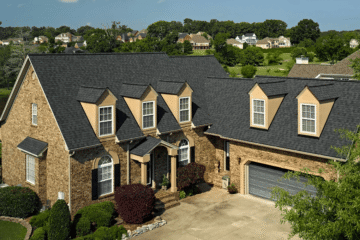Brick by Brick: A Comprehensive Guide to Chimney Repairs and Restoration
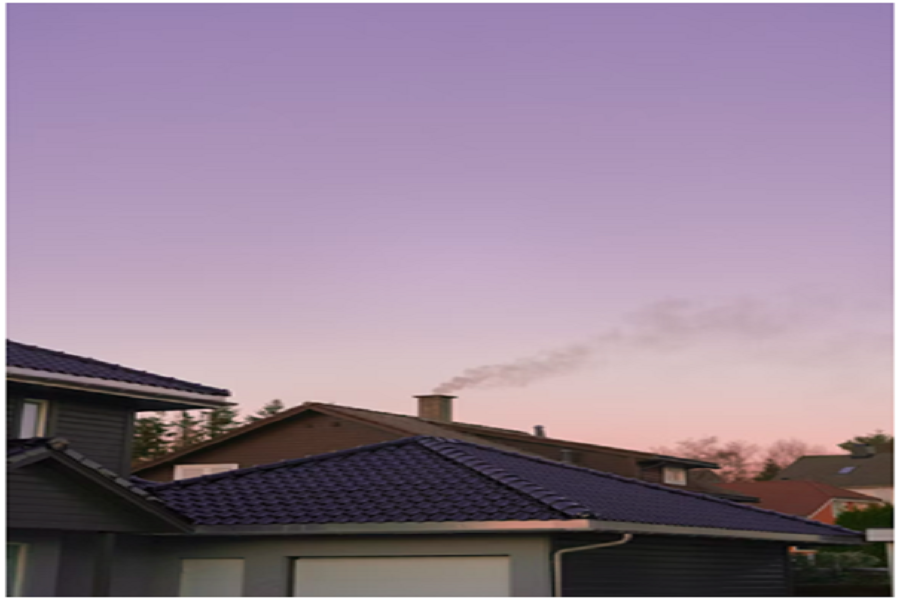
Chimneys have a timeless charm and serve as the heart of many homes. They provide warmth, comfort, and a sense of nostalgia, especially during the colder months. But like any part of your house, chimneys require regular maintenance, repairs, and, sometimes, restoration. Neglecting these essential tasks can lead to structural issues, safety hazards, and decreased energy efficiency.
In this comprehensive guide, we’ll walk you through the world of chimney repairs and restoration, brick by brick.
Understanding the Anatomy of a Chimney
Before we delve into the repairs and restoration process, let’s understand the basic components of a chimney:
1. Flue:
The interior passage where smoke and gases escape.
2. Flue Liner:
Protects the chimney walls from heat and corrosion.
3. Crown:
The concrete or masonry slab on top of the chimney.
4. Cap:
A protective cover that prevents water and debris from entering.
5. Chimney Stack:
The visible part above the roofline.
6. Brick or Masonry:
The exterior material that gives the chimney its structure.
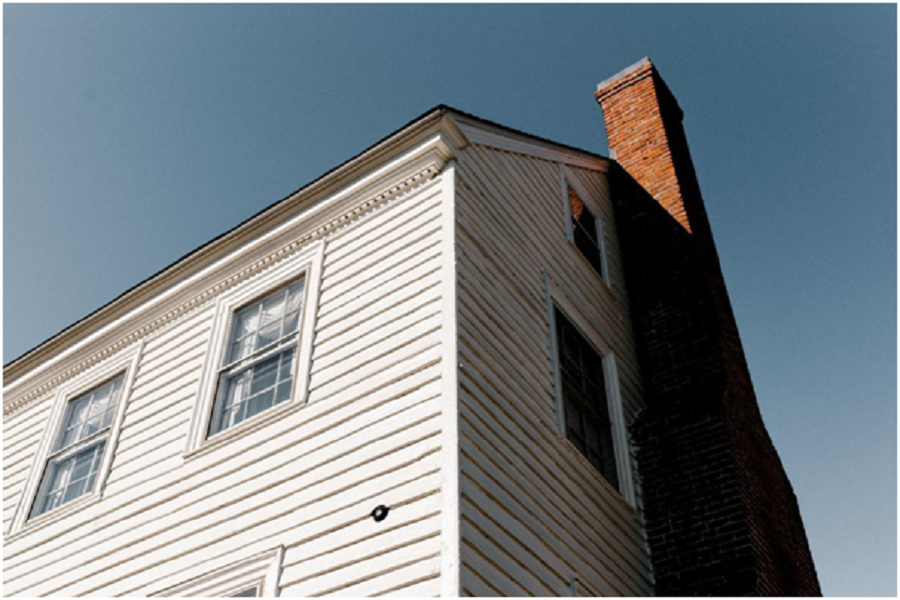
Common Chimney Issues
Chimneys are exposed to the elements, making them susceptible to various problems over time. Some of the most common issues include:
1. Cracked or Damaged Bricks:
Exposure to moisture and extreme temperatures can cause bricks to crack or deteriorate.
2. Mortar Decay:
Mortar joints may weaken or crumble, leading to structural instability.
3. Chimney Leaks:
Water infiltration can damage the interior and exterior of the chimney.
4. Flue Blockage:
Accumulation of debris or nesting animals can block the flue, preventing proper ventilation.
5. Chimney Crown Damage:
Cracks or deterioration in the crown can allow water to seep into the chimney structure.
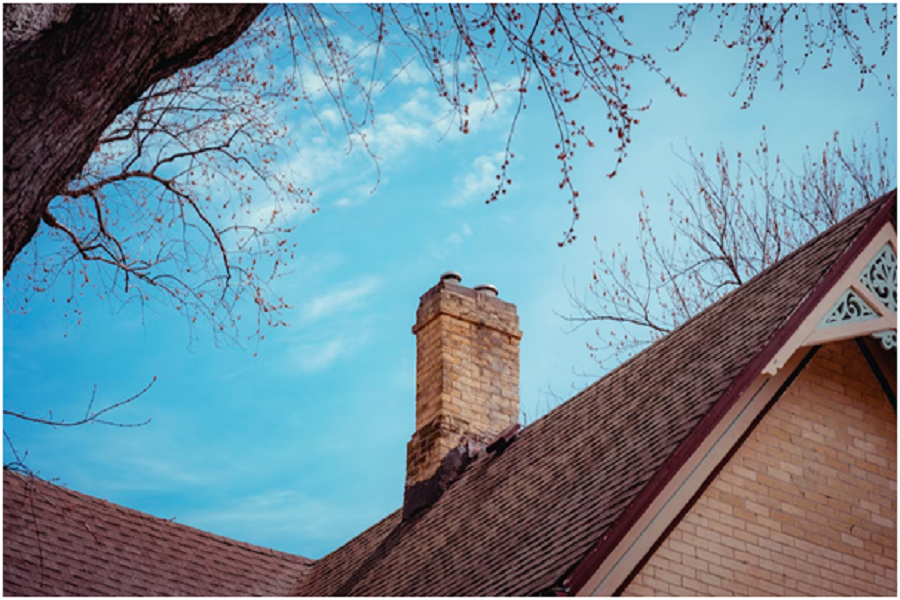
The Importance of Regular Inspections
Prevention is key when it comes to chimney maintenance. Annual inspections by a qualified chimney professional can help identify potential problems early on. They will assess the condition of the chimney, flue liner, crown, and cap. Based on their findings, they’ll recommend necessary repairs or restoration work.
Chimney Repairs
When it comes to chimney repairs, here are some common solutions:
1. Tuckpointing/Repointing:
Replacing damaged mortar with fresh mortar to strengthen the joints and prevent further decay.
2. Brick Replacement:
If some bricks are cracked or deteriorated, they may need to be replaced to ensure structural integrity.
3. Flue Liner Repair or Replacement:
Damaged or missing flue liners must be repaired or replaced to protect the chimney walls and improve safety.
4. Crown Repair:
Cracked or deteriorated chimney crowns can be patched or replaced to prevent water damage.
5. Chimney Cap Installation:
Installing a chimney cap helps keep out debris, animals, and excess moisture.
6. Waterproofing:
Applying a waterproof sealant to the chimney’s exterior can protect it from water damage.
Chimney Restoration
Sometimes, a chimney may require more extensive work, known as restoration. This typically involves rebuilding or reconstructing parts of the chimney. Restoration can be a comprehensive process that may include:
1. Chimney Rebuilding:
When the chimney is severely deteriorated, rebuilding it from the ground up may be necessary.
2. Historical Restoration:
Restoring a historic chimney to its original condition while complying with preservation guidelines.
3. Structural Repairs:
Addressing structural issues to ensure the chimney is safe and stable.
4. Fireplace Restoration:
Restoring the fireplace, including the firebox and chimney stack, to its original beauty and functionality.
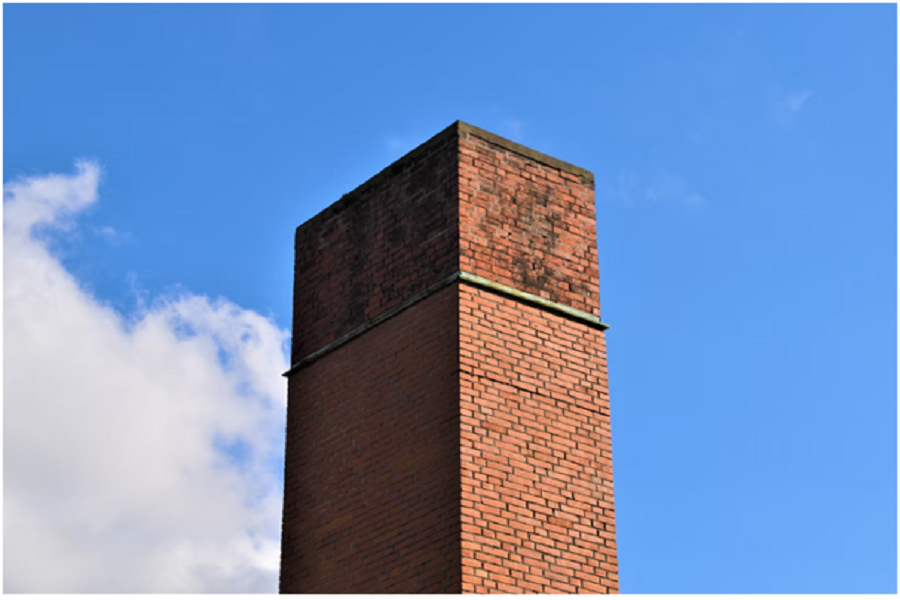
Choosing the Right Chimney Professional
Selecting the right chimney professional is crucial for ensuring quality repairs and restoration. Look for:
1. Experience:
Choose a provider with a proven track record in chimney repairs and restoration.
2. Certifications:
Ensure that the professionals are certified by relevant industry organizations.
3. References:
Ask for references and read reviews from previous clients.
4. Detailed Inspection:
A reputable professional will conduct a thorough inspection before recommending any repairs.
5. Transparent Pricing:
Request detailed estimates for the work to be performed.
Your Trusted Chimney Repair Partner
When you’re in need of reliable chimney repair services in Connecticut, look no further than Creative Masonry, CT. They offer a wide range of chimney services, including chimney repair Windsor Locks CT, inspections, chimney sweep Glastonbury CT, and more. Plus, they’re experts in fireplace services, from installations to restorations.
Get in touch with them today to discover the full range of services they provide.
Your chimney isn’t just functional; it’s a source of warmth and comfort. By taking care of routine maintenance, necessary repairs, and restoration work, you can ensure it remains a beloved part of your home for generations.




